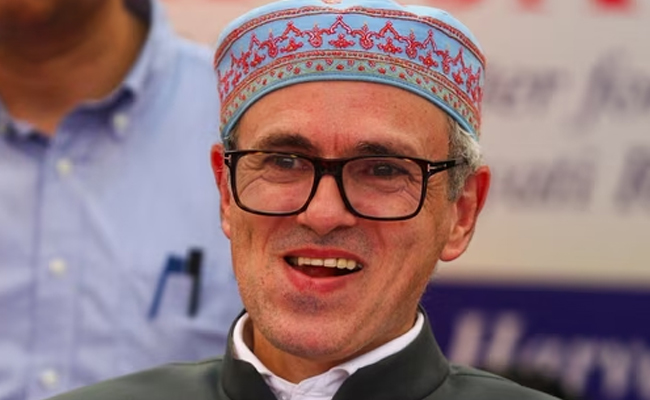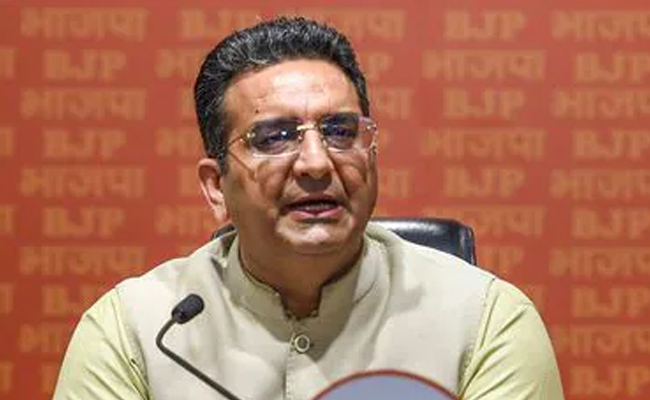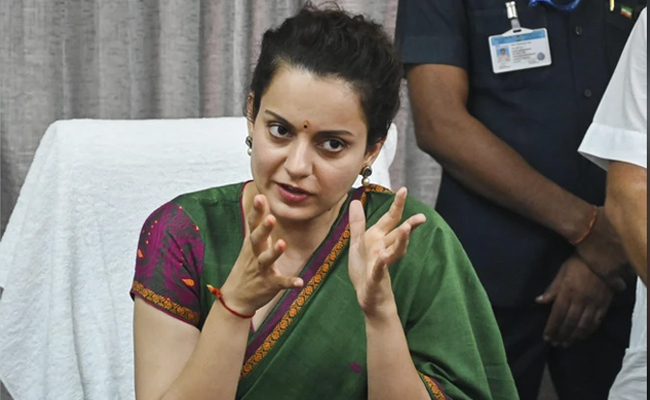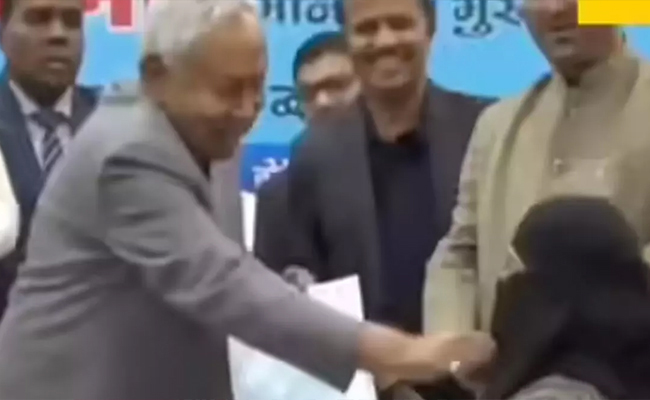Haryana: The Haryana government has recently executed a reshuffle of its Indian Administrative Service (IAS) officers, involving the transfer of 16 officials. Among them is Mohammad Imran Raza, who previously served as the Deputy Commissioner of Rewari. Notably, Raza had gained attention for issuing showcause notices to numerous sarpanches and panchayat members in relation to the passing of resolutions that prohibited the entry of Muslims into their villages following a bout of violence in Nuh.
Mohammad Imran Raza, who assumed the role of Deputy Commissioner in Rewari this past April, has been reassigned as the Deputy Commissioner of Jind. Earlier, Raza had confirmed the issuance of showcause notices under Section 51 of the Haryana Gram Panchayati Raj Act. This section pertains to the suspension and removal of sarpanches or panchayat members.
According to official statements from the Bharatiya Janata Party (BJP) government, these changes in assignments are part of routine transfer and postings of both IAS and Haryana Civil Services (HCS) officers.
As part of the reshuffle, Sushil Sarwan, an Indian Administrative Service officer, will assume the position of Deputy Commissioner in Panchkula, succeeding Priyanka Soni. Additionally, Sarwan will concurrently hold the role of Chief Administrator for the Mata Mansa Devi Shrine Board in Panchkula.
Manoj Kumar, an IAS officer from the 2012 batch, will replace Rahul Hooda as the Deputy Commissioner of Yamunanagar. Rahul Hooda has been transferred to the role of Deputy Commissioner in Rewari. Further changes include Mandeep Kaur becoming the Deputy Commissioner of Charkhi Dadri, while Manoj Kumar, an IAS officer from the 2014 batch, will serve as the Deputy Commissioner of Sonepat. Lastly, Prashant Panwar will assume the role of Deputy Commissioner in Fatehabad.
Let the Truth be known. If you read VB and like VB, please be a VB Supporter and Help us deliver the Truth to one and all.
Srinagar (PTI): Jammu and Kashmir Chief Minister Omar Abdullah on Wednesday criticised his Bihar counterpart over the niqab incident and said that Nitish Kumar might be slowly revealing his true nature.
"Nitish Kumar, who was once considered a secular leader, may be slowly showing his true colours," Abdullah told reporters here on the sidelines of a function.
Abdullah said Kumar removing the face veil of a Muslim woman doctor was wrong and cannot be justified by any means.
"We have seen this kind of incident here several years ago. Have you forgotten how Mehbooba Mufti removed the burqa of a legitimate voter inside a polling station? That act was wrong, and this act (of Kumar) is also wrong.
"If the (Bihar) chief minister did not want to hand over the order to her (Muslim woman), they could have kept her aside. However, to humiliate her like this is totally wrong," the Jammu and Kashmir chief minister said.
Kumar stirred a huge controversy after he removed the face veil of a Muslim woman at a function earlier this week.





